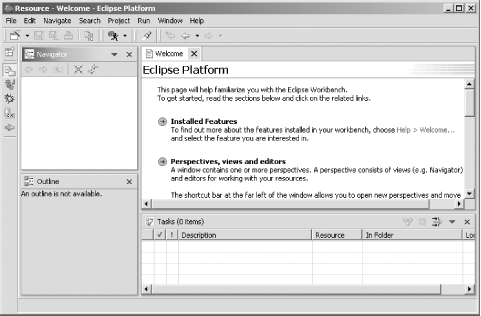| If you're reading this book, you're most likely a Java programmer, and you know how finicky Java can be at times. Missed import statements, forgotten variable declarations, omitted semicolons, garbled syntax, typosall these problems will cause the Java command-line compiler, javac , to cough in your face and display pages of annoying error messages. The error messages tell you that javac knows what the error is, so why doesn't it just fix the problem and let you get on developing? Because javac can't fix the problem; it isn't an editor. That makes long streams of errors scrolling off the page an all-too-common experience for Java developers, and leaves them with the feeling that Java is too prickly about what can go wrong. To change all that, you can use an integrated development environment (IDE), which will not only catch errors before you try to compile, but also suggest solutions. Java is badly in need of a good IDE, and a number of candidates are available, but the premiere Java IDE these days is the one this book is all about: Eclipse. You can see Eclipse in action in Figure 1-1. Figure 1-1. Eclipse  |